Essential oils have been in use for thousands of years. With more and more people looking to natural health remedies, their popularity is soaring, and for good reason. Using essential oils for yoga can give your classes a bit of magic; an extra sparkle.
Oils have a myriad of uses, with each individual oil possessing unique qualities. When it comes to using oils to enhance my students’ yoga experience, it’s their ability to affect mood and energy that’s of most interest to me. For example, lavender and chamomile oils are widely renowned for their calming influence, while peppermint and citrus oils have a more uplifting effect.
Using essential oils in my yoga classes has resulted in lots of positive feedback from students. They appreciate the effects of the oils, but also the fact that their teacher has gone to the effort to make the class a special experience. In my opinion, a great yoga class isn’t just a series of postures, it’s an experience: from the moment you enter the room to the moment you leave. (Read more on creating a yoga experience by using Sanskrit in class).
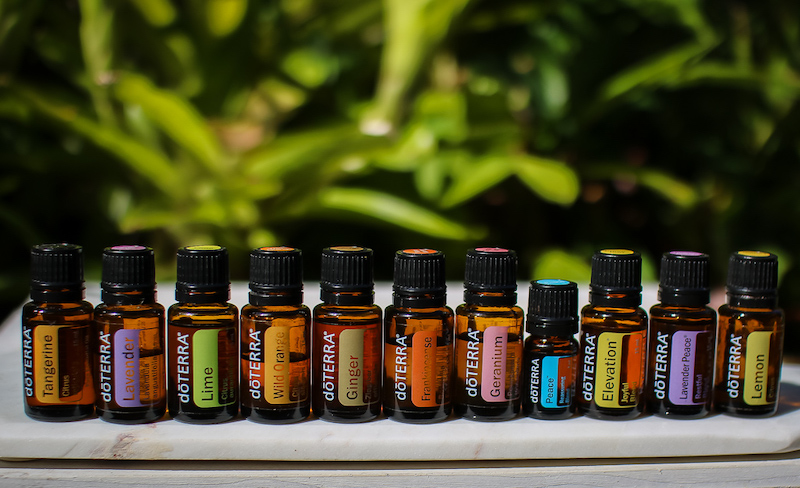
It’s important to use high quality (therapeutic grade) essential oils for your yoga students. I mostly use doTERRA, but other good brands include Young Living and Edens Garden.
There are three main methods by which oils can be used: aromatically (inhaling the fragrance of the oil); topically (applying the oil to the skin) and internally (ingesting the oil, for example by adding a drop to drinking water or into food).
Here are some simple techniques to enhance your students’ experience by incorporating oils in your yoga classes.
1. Use an Oil Diffuser
The most obvious way to incorporate oils is to use a diffuser. It can hum along quietly throughout your class, infusing the space with a subtle aroma. One downfall is that in a large studio space, a singe diffuser won’t have much impact. I usually position it somewhere close to the door before class so that students benefit from oils as they enter the studio.
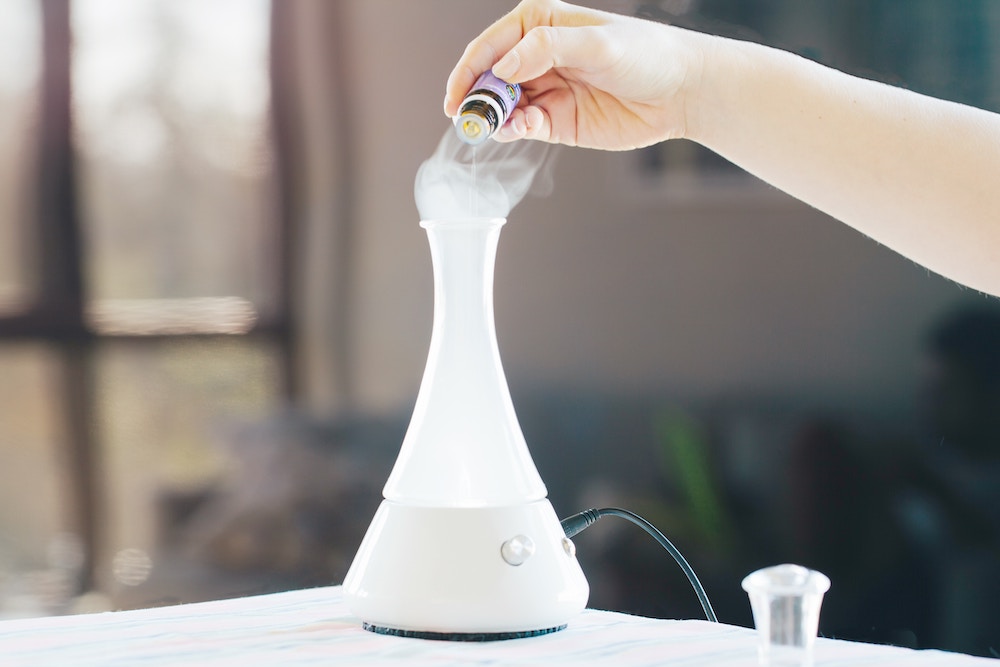
2. Add Essential Oils to your Savasana Massage
If you like to offer students a mini-massage at the beginning of savasana, you can make the experience even more blissful by using oils. Use diluted oil (in a carrier oil or a balm) so the fragrance isn’t over the top, and so you don’t waste your precious oils!
3. Place a Drop of Oil in the Palm of your Students’ Hands
Offer to place a drop of oil in the palm of your students’ hands, either at the very beginning of the class or as they are settling into Savasana. (Let them know they can position their palm down to opt out). Ask them to rub their palms together to warm and activate the oil. Instruct them to cup their hands over their face and take a deep inhalation through the nose. Release the hands to exhale, then repeat two or three more times.
Alternately, they could apply the drop of oil to their temples or the back the neck.
4. Add Essential Oil to Eye Pillows
Eye pillows are my favourite prop! Many of them contain dried lavender as well as a filler such as flax or buckwheat, but they tend to use their scent after a while. Refresh them b adding a drop of calming oil such as lavender and/or chamomile to give your students a super-soothing savasana.
5. Spritz the Room with an Oil-infused Mist
Make a room spray using 1 cup of water, 1/4 cup of witch hazel (or vodka) and 15-30 drops of your chosen oils. Spritz the room at appropriate moments, perhaps the start of class or as students find their way into Savasana.
6. Add a Drop to Water
Offer to add a drop of oil to students’ water bottles at the end of class. Depending on your intention, peppermint (a great pick-me-up oil) or lemon (a cleansing oil) could be good options.
7. Use Mat-Spray to Keep Your Mats Fresh and Clean
Create a mat spray using one cup of water, 1/4 cup witch hazel, 12 drops of tea tree oil and 8 drops of either lavender or lemongrass oil. Ask your students to spray and wipe their mats after class. Not only will the mats stay clean and sanitised, but you students will enjoy the uplifting oils. (Note, essential oils aren’t recommended on some mat brands.)
Best Essential Oils for Yoga
I most often use Lavender, Geranium and Chamomile oils for a calming experience. For early morning classes, I like citruses such as Mandarin or Will Orange. Some of the doTERRA blends such as Lavender Peace, Balance, Peace and Elevation are also beautiful essential oils for yoga. I also use these oils when planning my classes!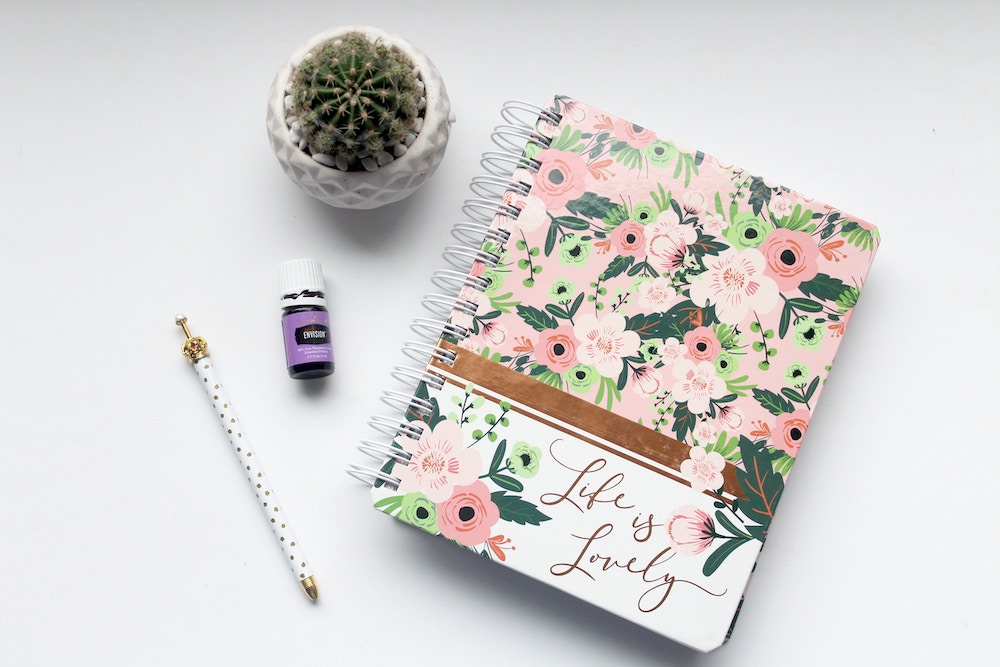
Note: oils aren’t for everyone.
They can trigger allergies; some are considered unsafe during pregnancy; and some people are just highly sensitive and find them irritating. Always give students the opportunity to opt out of topical use (oil applied to skin). Dilute oils in a carrier such as almond or jojoba oil to decrease the risk of sensitivity.

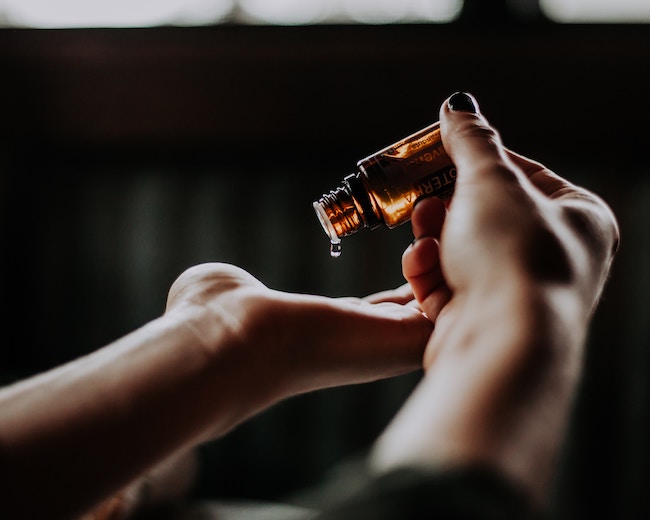
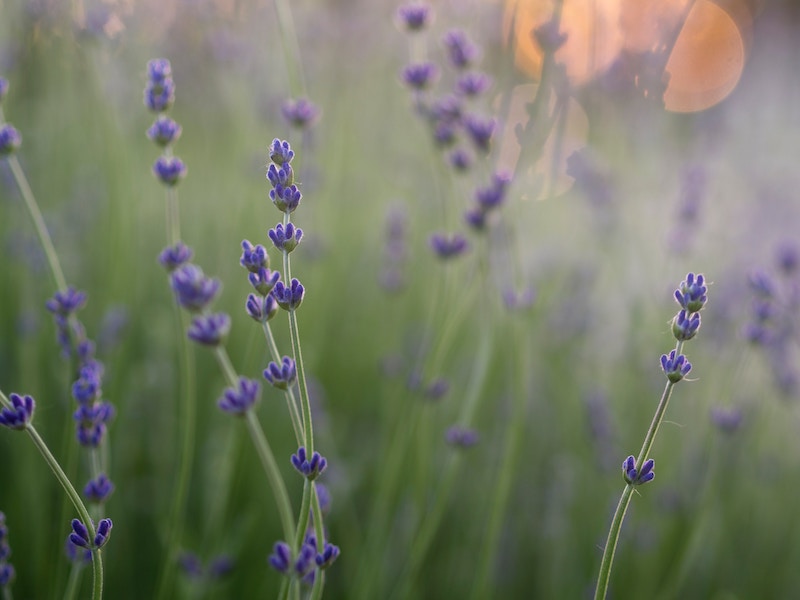
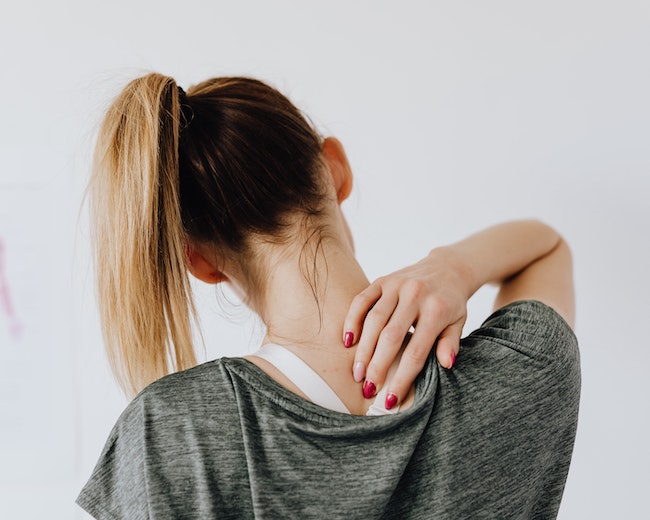
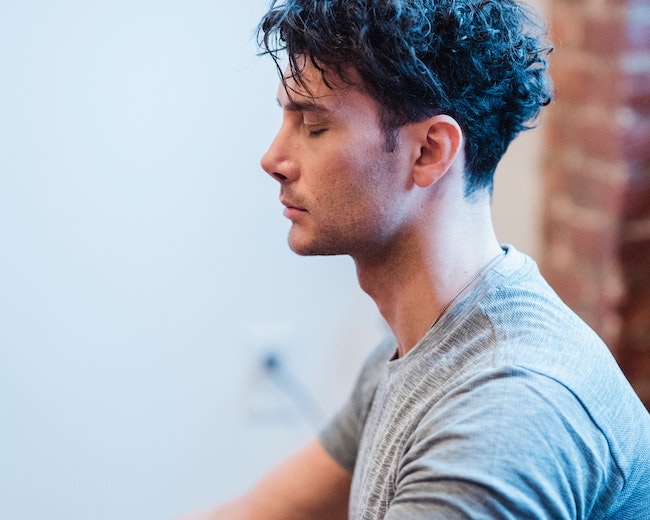
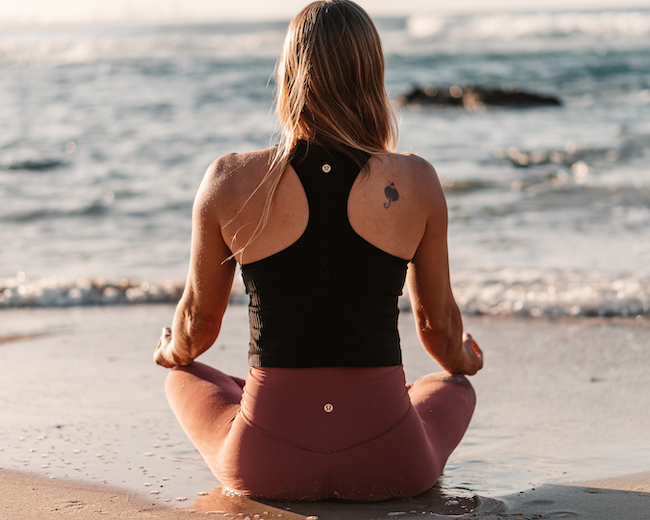
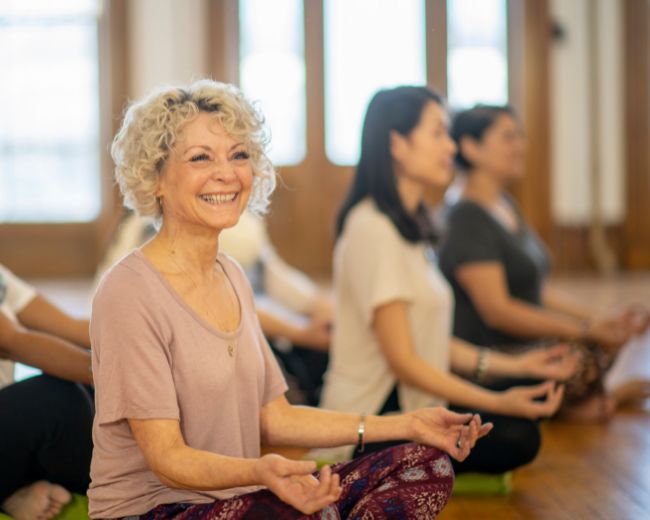
Leave A Comment